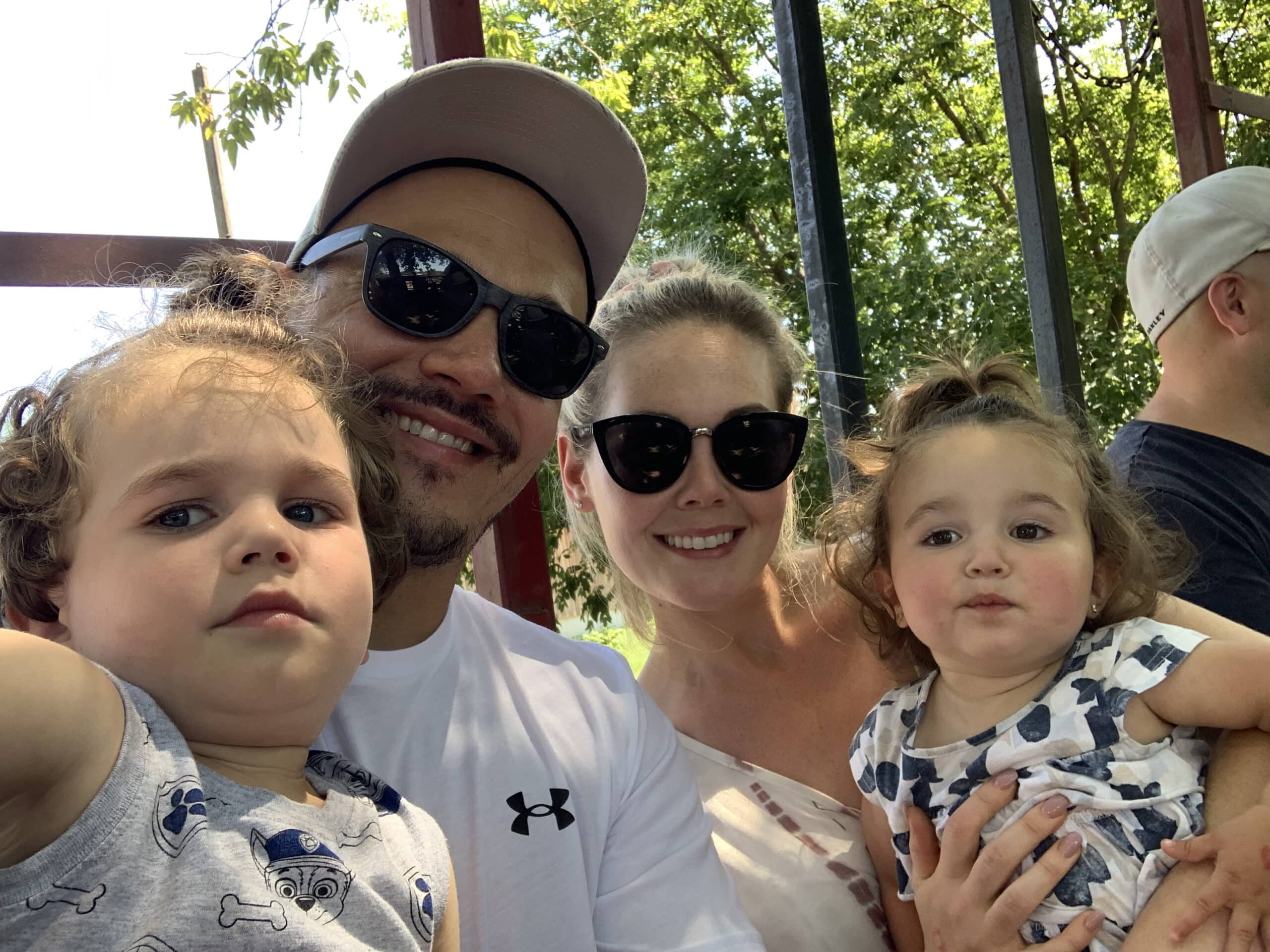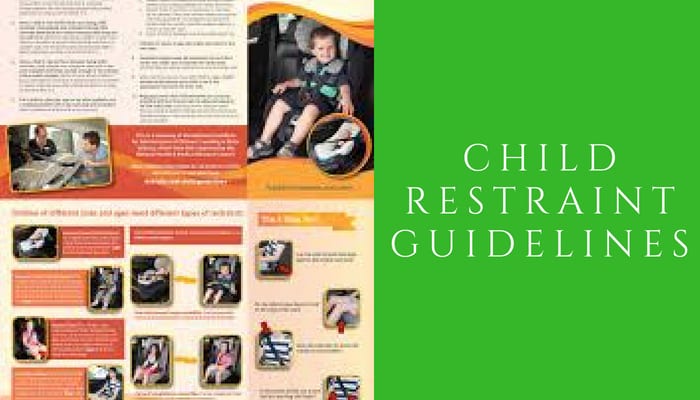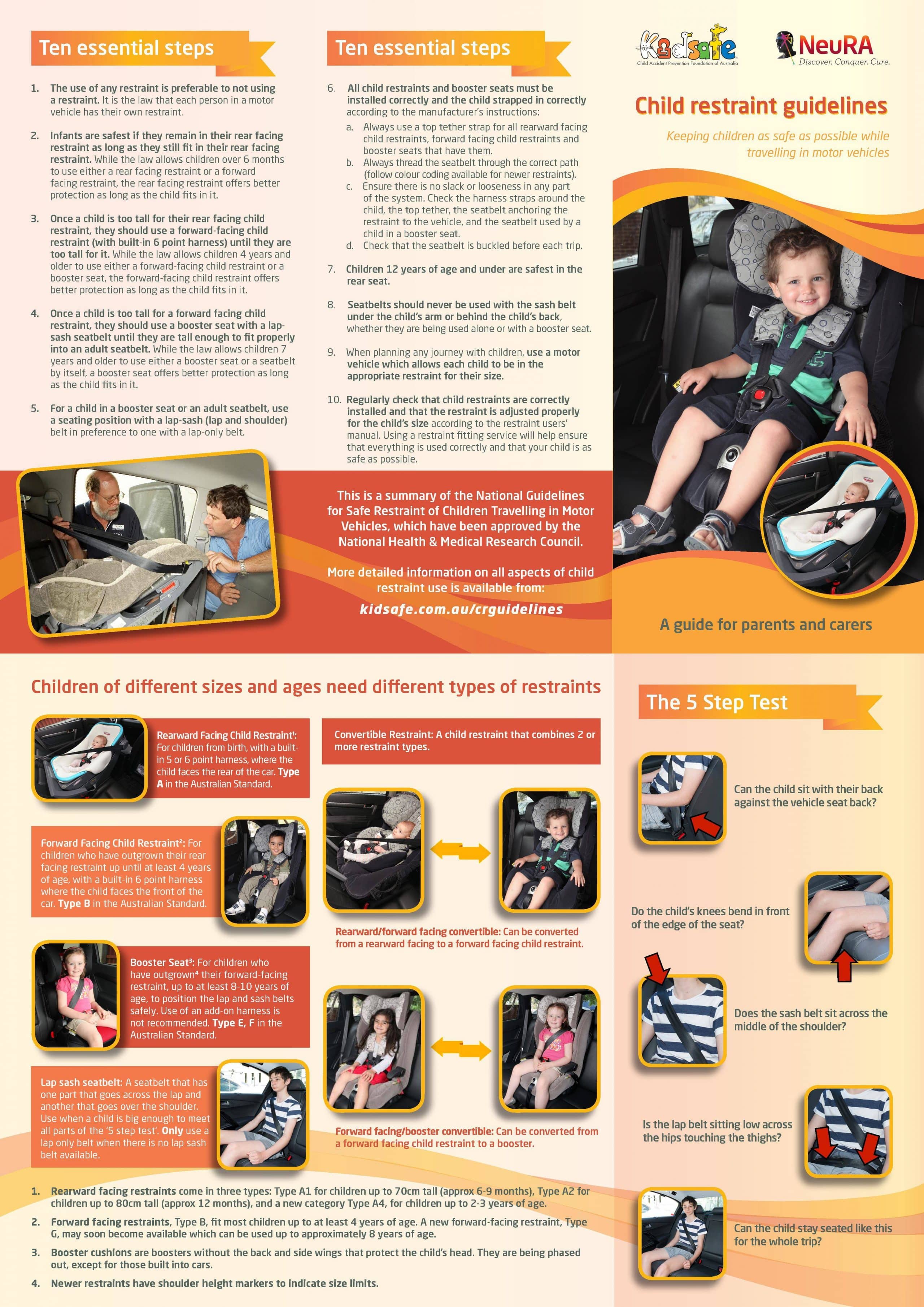These Child Restraint Guidelines for the Safe Restraint of Children Travelling in Motor Vehicles have been developed by Neuroscience Research Australia (NeuRA) and Kidsafe – The Child Accident Prevention Foundation of Australia. The National Guidelines provide best practice recommendations that have been approved by the National Health and Medical ResearchCouncil (NHMRC). NeuRA and Kidsafe want to see all children as safe as they can be when traveling in cars. Ensuring that parents rxeceive straightforward, consistent advice from all sources on how to keep children safe in cars is an important step in making this happen. You can also check our post about bedside crib for your baby.
Rear Facing Child Restraint
Rearward Facing Child Restraint
For children from birth, with a built-in 5 or 6 point harness, where the child faces the rear of the car. Type A in the Australian Standard.NB. Rearward facing restraints come in three types: Type A1 for children up to 70cm tall (approx 6-9 months), Type A2 for children up to 80cm tall (approx 12 months), and a new category Type A4, for children up to 2-3 years of age.
Forward Facing Child Restraint
Forward Facing Child Restraint
For children who have outgrown their rear facing restraint up until at least 4 years of age, with a built-in 5 or 6 point harness where the child faces the front of the car. Type B in the Australian Standard. NB. Forward Facing restraints, Type B, fit most children up to at least 4 years of age. A new forward-facing restraint with an inbuilt harness, Type G, is now available which can be used up to approximately 8 years of age.
Booster Seat
Booster Seat
For children who have outgrown their forward facing restraint up to at least 8-10 years of age, to position the lap and sash belts safely. Use of an add-on harness is not recommended. Type E, F in the Australian Standard. NB. Booster Cushions are boosters without the back and side wings that protect the child’s head. They are being phased out, except for those built into cars.
Lap sash seatbelt
Lap sash seatbelt
A seatbelt that has one part that goes across the lap and another that goes over the shoulder. Use when a child is big enough to meet all parts of the ‘5 step test’. Only use a ‘lap only belt’ when there is no lap sash belt available.
Convertible RestraintA child restraint that combines 2 or more types. These include:
Rearward/forward facing convertible
Can be converted from a rearward facing to a forward facing child restraint.
Forward facing/booster convertible
Can be converted from a forward facing child restraint to a booster seat.
Child Restraint Guidelines Infographic
Click Image and then Zoom for Full Size Image
Share this Image On Your Site
<p><strong>Please include attribution to wumblers.com with this graphic.</strong><br /><br /><a href=’https://wumblers.com/child-restraint-guidelines/’><img src=’https://wumblers.com/wp-content/uploads/2018/06/imgonline-com-ua-twotoone-uZEVKC957qwF.jpg’ alt=’Child Restraint Guidelines Infographic’ width=’650px’ border=’0′ /></a></p>
Ten Essential Things When Using Restraints
- The Use of any restraint is preferable to not using a restraint. Most injuries happen when part of a child’s body hits something rigid. Restraints prevent the child from being thrown out of a car and from hitting rigid parts of the car. They also distribute crash forces to the strongest parts of their body. While different types of restraints are associated with different levels of protection (depending upon the size of the child), overall there is strong evidence that a child wearing an appropriate restraint has a 30-96% lower risk of serious injury in the event of a motor vehicle crash than an unrestrained child
- Infants are safest if they remain in their rear facing restraint as long as they still fit in their rear facing restraint.Rear facing restraints are highly effective in preventing injuries if used correctly, because they fully support the child’s head and neck in the event of a crash. This is important as infants have relatively large heads and weak necks which put them at particularly high risk of serious injuries if the head and neck are not supported. Rearward facing restraints support the child’s head and neck in severe frontal crashes better than forward-facing restraints
- Once a child is too tall for their rear facing child restraint, they should use a forward-facing child restraint (with built-in 6 point harness) until they are too tall for it. Numerous studies provide evidence that forward facing restraints, particularly those with top tether straps, as required in Australia, better protect children than an adult seat belt during a crash, all the way up to the age of 6 (and in some studies, older). Children are best protected if the restraint straps spread the crash forces over the body, and the built-in harness in forward-facing restraints can do this better than booster seats or seat belts. Also, young children’s hip bones are not developed enough to hold a seat belt down securely in a booster seat or seat belt
- Once a child is too tall for a forward facing child restraint, they should use a booster seat with a lap-sash seat belt until they are tall enough to fit properly into an adult seat belt. In a crash, booster seats reduce the risk of serious injuries to children too small for adult seat belts, by positioning the belt where it is safest – over the bony areas of the shoulder and pelvis rather than the neck or abdomen. Poor lap belt fit increases the risk of abdominal and head injuries. Poor shoulder belt fit increases the risk of neck injuries.
- For a child in a booster seat or an adult seatbelt, use a seating position with a lap-sash (lap and shoulder) belt in preference to one with a lap-only belt. Lap-only belts (and lap-sash belts if the shoulder part of a lap-sash belt is not used properly) allow the upper body to be thrown forward in a crash. The shoulder part of the belt restrains the chest, and spreads the crash force over a larger body area reducing injuries to the abdomen, head and spine
- 0All child restraints and booster seats must be installed correctly and the child strapped in correctly, according to the manufacturer’s instructions
- 1Always use a top tether strap for all rearward facing child restraints, forward facing child restraints and booster seats that have them
- 2Always thread the seatbelt through the correct path (following the colour coding available for newer restraints
- 3Ensure there is no slack or looseness in any part of the system. Check the harness straps around the child, the top tether, the seatbelt anchoring the restraint to the vehicle, and the seatbelt used by a child in a booster seat
- Children 12 years of age and under are safest in the rear seat. Injury risk to children aged 12 and under is nearly double in the front seat compared to the back seat, irrespective of restraint type
- seat belts should never be used with the sash belt under the child’s arm or behind the child’s back,Lap-only belts (and lap-sash belts if the shoulder part of a lap-sash belt is not used properly) allow the upper body to be thrown forward in a crash. The shoulder part of the belt restrains the chest, and spreads the crash force over a larger body area reducing injuries to the abdomen, head and spine
- When planning any journey with children, use a motor vehicle which allows each child to be in the appropriate restraint for their size. The safety issues when travelling in any vehicle are the same, irrespective of whether the vehicle is a taxi, rental car, or a private vehicle, so the safest option is to follow the best practice recommendations, even if the laws do not require it
- Regularly check that child restraints are correctly installed and that the restraint is adjusted properly for the child’s size according to the restraint users’ manual. The risk of life threatening injuries has been shown to be 4-6 times greater with incorrect installation or when the child is incorrectly strapped into the restraint. While some errors are more serious than others, a combination of even minor errors can increase the risk of injury significantly

Steph is a passionate mom who co-founded Wumblers to share her parenting journey with others. She graduated from Concordia University with a masters degree in Education Technology and worked as an advisor for many years. Steph loves being a mom and wants to have more kids.
Learn more about Steph and Wumblers here.







